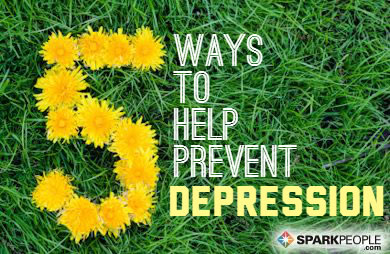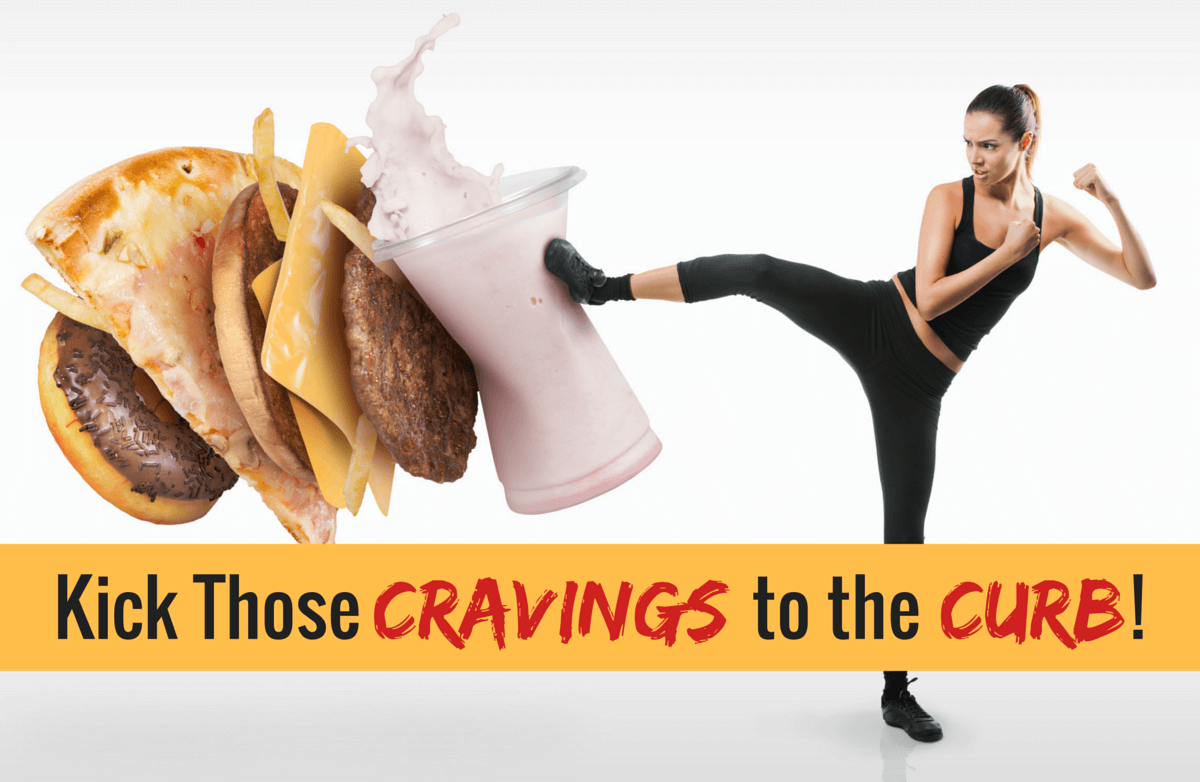|
Every journey starts with a single step. Of course, that step can be different for different people, depending on where they’re starting from and where they’re headed. For someone who is trying to exercise more, for example, it might mean taking a walk around the block or buying a pair of athletic shoes. If the goal is to stop smoking, the first step might be cutting out one cigarette a day or tossing the entire pack in the trash. The most important thing is to make a movement—even if it’s a small one—toward the desired result. What about the journey to adopt a healthier diet? It’s a very common (and very broad) goal, one that can be overwhelming if you’re not sure where to start. You know the basics—more fresh, whole, nutritious foods; fewer processed foods and “junk foods” that don’t fuel your body—but what specifically should you do first? While your path is uniquely your own, you might find some helpful ideas in the advice that registered dietitians give to their clients who are just embarking on the first day of their journeys to health. 1. Remember that it's not a quick fix.This is hands-down the most common guidance that experts offer to their clients. While it’s good to be excited and enthusiastic at the outset of the journey, a healthy lifestyle is just that—a lifestyle. Instead of expecting immediate results, it’s best to focus on consistently healthy habits that will achieve sustainable results over the long term. “Achieving one’s weight goals, whether it involves weight loss or not, is most sustainable when long-term lifestyle changes are introduced into a practical setting,” notes Rachel Fine, M.S., a registered dietitian nutritionist. “I can’t expect clients to change old habits from day one, and they need to be easier on themselves when it comes to their own self-expectations.” 2. Create a 10-day plan leading up to day one.Becky Hand, a registered dietitian nutritionist, encourages her clients to design a detailed "10 days to the start" plan. “This is not a 10-day period to binge before the diet begins, but it is 10 days to get your ducks in a row—to get your life in order so that you can build momentum and have greater success regarding your weight-loss goal,” she explains. Everyone will have a different 10-day plan based on their individual needs. To help you process and personalize your plan, Hand recommends asking yourself some specific questions:
Hand finds that after completing their 10-day pre-plan, the “day one” behavior becomes a "no-brainer" and builds momentum and success. 3. Master one thing at a time.Instead of trying to eat perfectly at every meal and make smart choices 100 percent of the time, you’re likely to achieve better results by focusing on mastering one thing at a time, notes registered dietitian nutritionist Jeanette Kimszal. Inspired by the book "The ONE Thing: The Surprisingly Simple Truth Behind Extraordinary Results" by Gary Keller and Jay Papasan, the idea is that the combination of small daily habits with only one clear-cut goal will propel you forward. For one person, that might mean trading soda for water or tea. For another, it might be eating fruit as a side dish instead of French fries. Once that single change has become established as a consistently successful habit, it’s time to move on to the next small goal. “Research shows it takes about 66 days for a new habit to take shape, so don't beat yourself up if it takes some time to meet your new goals,” Kimszal says. “Once you have mastered that habit, move on to something new that you want to accomplish.” 4. Set up your home environment for success.Michelle Hyman, M.S., R.D., believes that a person’s surroundings can make all the difference in hitting their nutritional goals. On day one, she tells her clients to start by going through the pantry, refrigerator and freezer to get rid of any foods and beverages that could potentially sabotage their efforts. “Are you keeping a lot of tempting, high-calorie junk foods in the house? Are you keeping candy dishes by the couch? If you live with others who have no intentions of making healthier choices, are they willing to keep their snacks separate from yours, such as in a separate drawer or higher shelf?” she asks. 5. You don’t have to be perfect.“There will be a learning process, and that is the best part of the journey. This is something that lasts for life, so build a solid foundation,” advises registered dietitian Ben Tzeel. “If one day you miss your goal, that’s okay—just figure out what happened, come up with a plan to avoid it going forward and make up for it the following day.” Hyman tells her new clients that they should fully expect to experience a few slips along the way, and to see them as a learning opportunity instead of a discouragement. “Start paying attention to what causes you to stray from making healthy choices,” she suggests. “Does skipping breakfast lead you to buying snacks from the vending machine? Do you tend to crave desserts after a hard day at work? Most dietitians agree that the “all or nothing” method isn’t a sustainable approach to nutrition. “Don’t feel like you have to deprive yourself to be successful. In fact, that will likely lead to you being less successful in the long run,” Tzeel says. As an example, if you decide to eat a dessert or want a special meal at a restaurant, just be mindful about planning for it. You may have to modify some of your meals throughout the day to ensure that you still reach all of your nutritional goals, but you can still enjoy your favorite foods and treats in moderation. Hyman adds that it is usually a lot easier to replace a less healthy habit with a healthier one than it is to completely eliminate a behavior. “For example, if you consistently eat a bag of potato chips every night while watching television, instead of resolving to never eat while watching TV again [or] try having a healthier snack, instead,” she suggests. 6. It’s about more than just nutrition and exercise.For people on a weight-loss journey, it’s easy to get laser-focused on the “calories in, calories out” equation, but health coach Lisa Lewtan tells her clients that good health is more than just nutrition and exercise. “Are you getting enough sleep? Making time for tranquility? Having enough fun?” she asks. “We look at the whole life and set mini goals initiated by the client to start moving to a more positive direction.” When one thing improves, Lewtan believes, everything else starts to improve along with it. 7. Make sure you know why you’re starting.Before moving forward with anything else, registered dietitian Summer Yule always wants to know what brings a person in and why they want to accomplish their goal. “It’s a common misconception that dietitians just help people with weight loss,” she points out. “There are dietitians who take a ‘non-diet’ approach, helping people to develop healthier habits without focusing on the number on the scale at all. This can be a very positive strategy for some people to help them move toward greater health.” Whatever goal a person has for themselves, Yule aims to help them make it a SMART goal, which stands for Specific, Measurable, Achievable, Relevant and Time-Bound. She finds it helpful to re-frame larger goals into a set of smaller, specific milestones that feel more achievable. 8. Visualize what your life will be like.Brandon Cole, personal trainer and nutrition coach, uses a powerful exercise when working with clients for the first time. He asks them to visualize what their lives will be like once they've accomplished their goal—what they will look like, and how they will feel emotionally and physically. He encourages them to get into as much detail as possible. “The purpose is to get the person emotionally connected to that image,” Cole explains. “We have two brains: one rational and one emotional. The rational brain knows what they should be doing to reach their goal, but the emotional brain is impulsive and always wins out if there's a struggle between the two. If a person doesn't have an emotionally vested interest in staying on track to their goal, it won't be motivating enough to keep going when times get tough.” 9. Make the healthy choice the easy choice.Hyman tells her clients that healthy eating doesn’t have to be hard, and that they shouldn’t be afraid to look for easier, quicker ways to meet their goals. For example, if you don't have much time to cook during the work week, she says, don’t hesitate to take some shortcuts. Having a fully cooked rotisserie chicken from the store, frozen steam-in-bag plain vegetables, 90-second microwaveable brown rice, frozen turkey burgers and/or pre-cut and washed veggies that are ready to roast on hand can be the difference between cooking a healthy meal at home or getting takeout. “You don't have to make everything from scratch in order to eat healthier,” she points out. Although everyone starts from a different point and is headed to their own definition of an optimal result, these practical and accessible tips are universally helpful when it comes to adopting healthier eating habits. |
Popular EntriesMore From SparkPeople
|





















